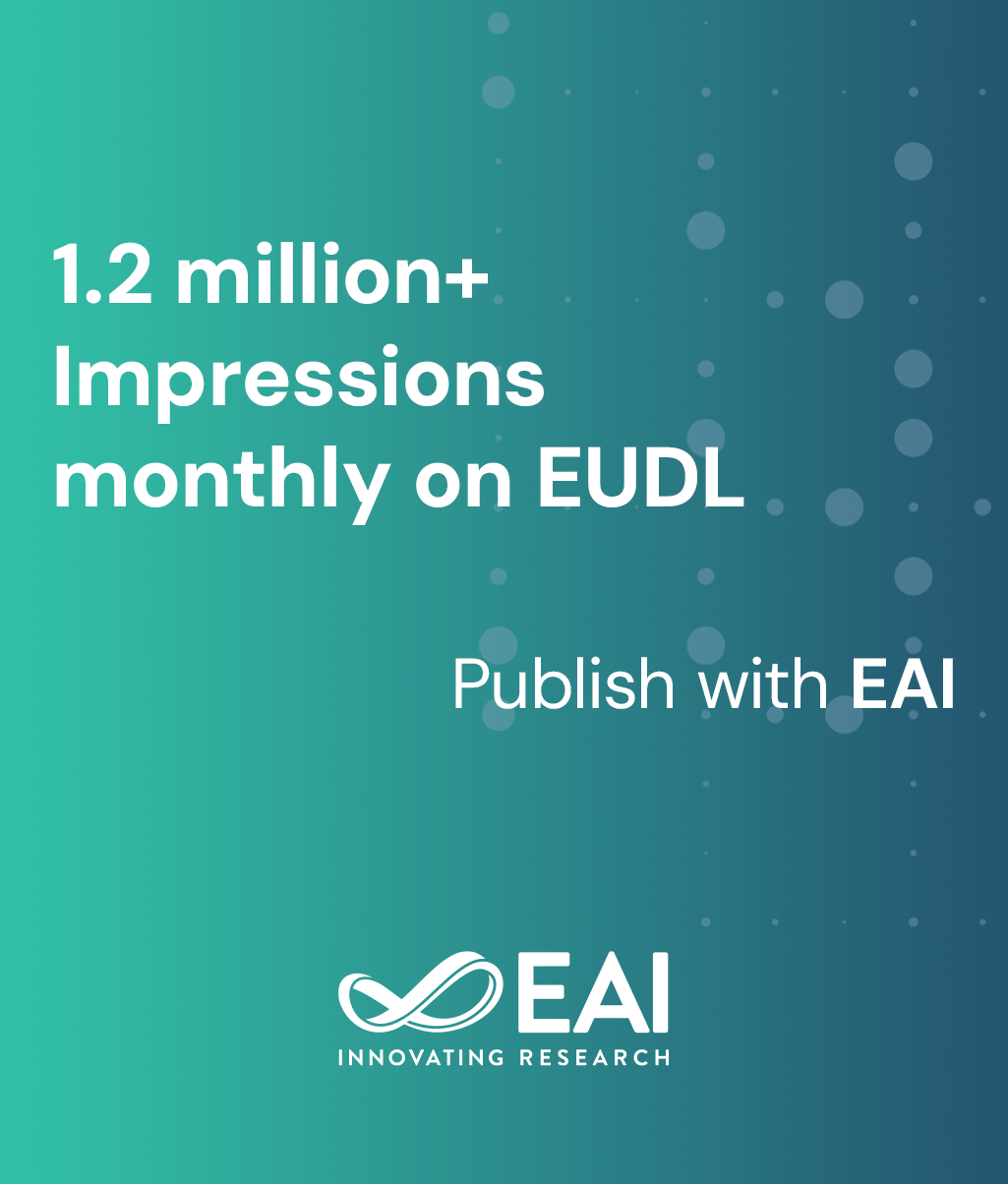
Research Article
Evaluating Open-Source Vision Language Models for Facial Emotion Recognition Against Traditional Deep Learning Models
@ARTICLE{10.4108/airo.8870, author={Vamsi Krishna Mulukutla and Sai Supriya Pavarala and Srinivasa Raju Rudraraju and Sridevi Bonthu}, title={Evaluating Open-Source Vision Language Models for Facial Emotion Recognition Against Traditional Deep Learning Models}, journal={EAI Endorsed Transactions on AI and Robotics}, volume={4}, number={1}, publisher={EAI}, journal_a={AIRO}, year={2025}, month={8}, keywords={Facial Emotion Detection, VLMs, Facial Expression Classification, Phi-3.5, CLIP}, doi={10.4108/airo.8870} }- Vamsi Krishna Mulukutla
Sai Supriya Pavarala
Srinivasa Raju Rudraraju
Sridevi Bonthu
Year: 2025
Evaluating Open-Source Vision Language Models for Facial Emotion Recognition Against Traditional Deep Learning Models
AIRO
EAI
DOI: 10.4108/airo.8870
Abstract
Facial Emotion Recognition (FER) is crucial for applications such as human-computer interaction and mental health diagnostics. This study presents the first empirical comparison of open-source Vision-Language Models (VLMs), including Phi-3.5 Vision and CLIP, against traditional deep learning models—VGG19, ResNet-50, and EfficientNet-B0—on the challenging FER-2013 dataset, which contains 35,887 low-resolution, grayscale images across seven emotion classes. To address the mismatch between VLM training assumptions and the noisy nature of FER data, we introduce a novel pipeline that integrates GFPGAN-based image restoration with FER evaluation. Results show that traditional models, particularly EfficientNet-B0 (86.44%) and ResNet-50 (85.72%), significantly outperform VLMs like CLIP (64.07%) and Phi-3.5 Vision (51.66%), highlighting the limitations of VLMs in low-quality visual tasks. In addition to performance evaluation using precision, recall, F1-score, and accuracy, we provide a detailed computational cost analysis covering preprocessing, training, inference, and evaluation phases, offering practical insights for deployment. This work underscores the need for adapting VLMs to noisy environments and provides a reproducible benchmark for future research in emotion recognition.
Copyright © 2025 Vamsi Krishna Mulukutla et al., licensed to EAI. This is an open access article distributed under the terms of the CC BY-NC-SA 4.0, which permits copying, redistributing, remixing, transformation, and building upon the material in any medium so long as the original work is properly cited.


